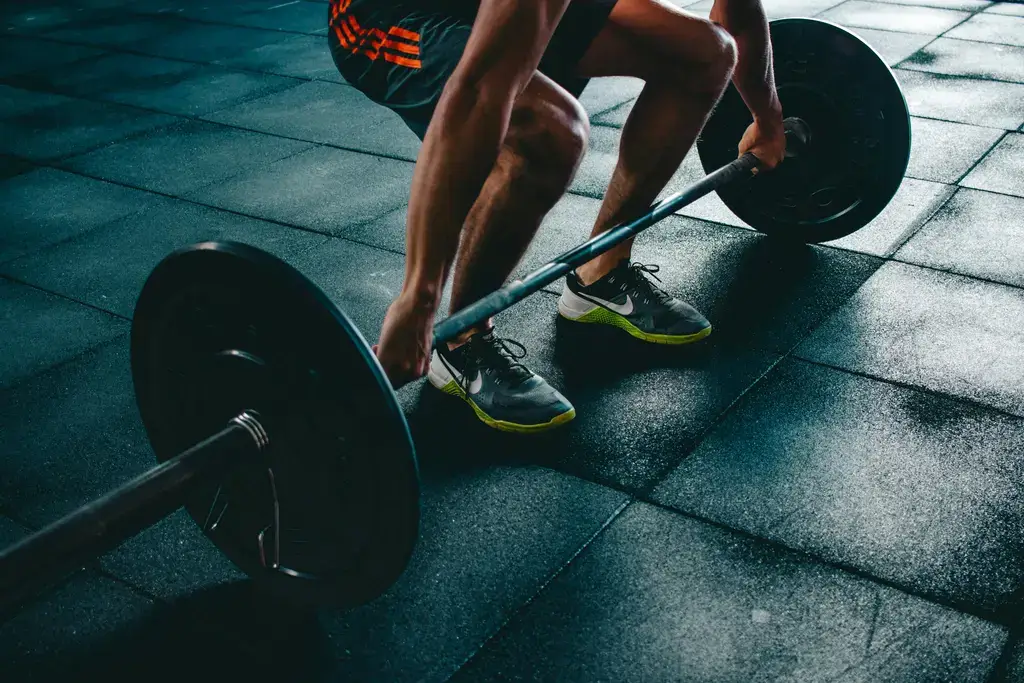Physical Address
304 North Cardinal St.
Dorchester Center, MA 02124
Physical Address
304 North Cardinal St.
Dorchester Center, MA 02124

The accepted theory for Optimal Exercise Order dictates that complex, multi-joint exercises should be performed at the start of a workout, with isolation, single-joint movements saved for the end. Is this established belief always correct, or is there a more effective strategy?
Let’s say we are doing a leg workout. We do some brief warm-up and mobility, or at least we should. Maybe some mobility exercise, then we start with the main part of the workout.
The first thing many people will do is a squat. After that comes the Romanian deadlift. Then perhaps lunges and good mornings. Some hip thrusts or glute bridges are also included. After that, we have leg extensions and leg curls. Maybe some more isolation for adductors or glutes. At the end of the leg workout, after an hour to an hour and a half in the gym, many people place calf raises.
How productive do you think those sets of calf raises can be, after maybe 20 intense sets in that workout? We can do them, but those won’t be high-quality sets, especially compared to the exercises at the beginning of the workout. And be honest, have you ever simply skipped such a “smaller” exercise at the end of a workout? And then we wonder why calves don’t grow.
Or another example, let’s say we have an upper body workout. Upper body training usually begins with compound exercises like the bench press, incline bench, lat pulldown, and bent-over row. Most lifters then save isolation movements for the end of the session. These finishing exercises typically target the biceps, triceps, and the lateral and rear deltoids.
Lest you misunderstand me, I’m not saying any of this is necessarily bad, but what if someone’s arms and shoulders are lagging behind the rest of the muscle groups? Or what if those specific groups are their priority?
Regarding workout performance, i.e., progress in strength and the number of repetitions in an exercise, science offers a very firm answer. Numerous studies confirm that people perform best on exercises they do at the beginning of the workout. Also, exercises done at the end of the workout suffer the most in terms of performance.
If you want to be stronger on the bench, do the bench first. If you want to lift the heaviest weight on the squat, start your workouts with the squat. If you want to be as strong as possible on triceps extensions or bicep curls or even calf raises, you should start your workouts with those exercises.
And one more thing to pay attention to is the individual response, and we will take the bench press as an example. Imagine two friends, Pero and Tomo, who go to the gym together and start every upper body workout with the bench, and do tricep isolation exercises near the end of the workout. Tomo’s triceps are already progressing well from the bench, and his chest is also okay. For him, this workout is completely fine.
Pero, however, has excellently developed chest muscles, but his arms are a problematic group and are lagging significantly. He should start with tricep isolation and bench later.
The order of exercises should depend on the main goal of the workout. Exercises for those muscle groups that are lagging or are a priority for another reason, such as increasing strength in those exercises, should be placed at the beginning. Whether an exercise is single-joint or multi-joint, or deals with larger or smaller muscle groups, is not of great importance.